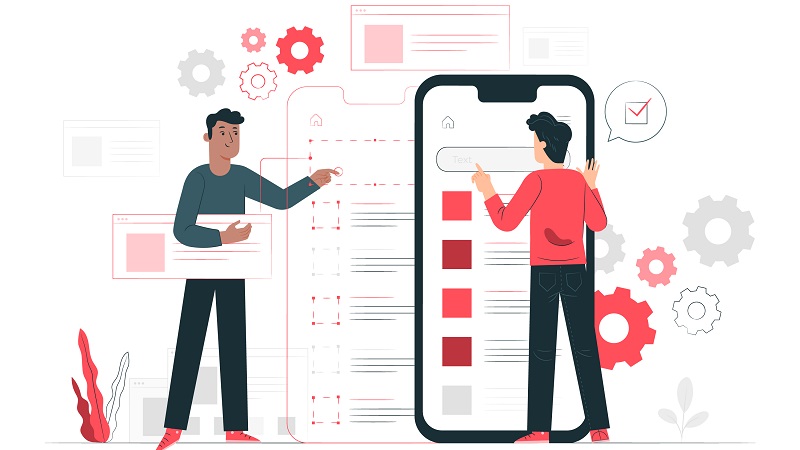Gone are the days when simply having a mobile app at all was enough to make a positive impression on your target audience. The novelty of rich mobile apps has worn off, to the point where it will take a lot more than just a sleek graphical user interface to generate the types of results that you’re after.
In fact, things have gotten to the point where it’s possible to essentially ruin your app before it’s even truly had a chance to get off the ground if you’re not careful. There are a few key mistakes in particular that, if you’re unfortunate enough to make them, you’re not just holding your app back – it’s essentially dead on arrival.
The Top Mobile App Development Mistakes to Avoid Prior to Launch
Maybe the biggest mistake that a lot of mobile app developers make is also, unfortunately, one of the easiest traps to fall into: trying to develop for too many different platforms at the same time.
To say that the architectures of Apple’s iOS and the Android platforms are different is, at this point, probably a little bit of an understatement. You can’t just take the work you’ve done for the former and transpose it onto the latter – creating a sophisticated, highly functional app for both platforms will essentially require you to start from square one each time.
So why, then, would you want to go through that process over and over again?
Sure, you want your app to be available on as many platforms as possible at one time. But unless your budget is essentially unlimited and you have more resources available than you know what to do with, all you’re really doing by trying to expand too quickly is taking attention away from those critical tasks that truly need you. You might end up with an app that works on ten different platforms, but none of them will come close to the experience you thought you were building.
Instead, you need to start by focusing on just one or two platforms (and iOS and Android are the obvious candidates). Then, over time, you can think about expansion once you have a successful launch (or two) under your belt.
Another one of the major mistakes that could cause your mobile app to be dead on arrival ultimately comes down to marketing or a decided lack thereof.
Many developers make the mistake of assuming that just because they have an existing user base or a clear target audience that they’re trying to service, they don’t actually have to market to build anticipation and excitement ahead of launch. “If you build it, they will come” isn’t a saying that necessarily applies in this context.
Or if they do start to market, they do so too late in the process – again failing to generate anything close to the level of awareness needed for a successful launch.
For the absolute best results, you need to think about marketing and executing a campaign months in advance of the release of your app. Remember that what you’re really trying to do is let people know you’re coming – get them excited in a way that has them looking forward to that date on the calendar, regardless of how far off it happens to be. Don’t rest on the laurels of your existing audience – try to create a new one of potential users and give them all the information they need well in advance. At that point, when your app DOES go live in its respective app stores, you’ll have no shortage of people clamoring to download it – which is an excellent position for any mobile app developer to be in, no question about it.
Contact us today to discuss custom application development for your company!
Technology vector created by stories – www.freepik.com






